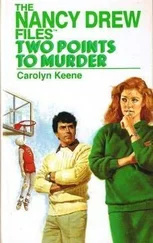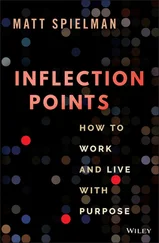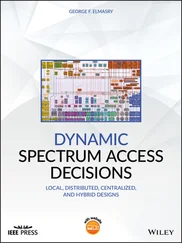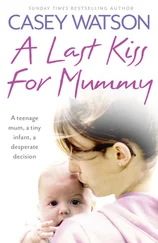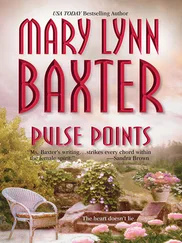The Jericho Program’s recidivism rate was 22 percent, less than half of Baltimore’s overall rate. The men I met that day were among fifteen thousand who had benefited from the Prisoner Reentry Initiative we launched in 2004. Their recidivism rate was 15 percent, one third of the national average.
My most extraordinary meeting on faith-based initiatives took place right across the hall from the Oval Office. In June 2003, I had convened a roundtable discussion with faith-based leaders. Chuck Colson and several members of InnerChange attended. When I stepped into the Roosevelt Room, I spotted a familiar-looking African American man. I walked over and gave him a big hug. “I’m sure glad you’re here,” I said.
It was George Mason, the man from the prison choir in Sugar Land. Upon release, he had earned a job as a janitor at his church. He also led a Bible study and served as a mentor for others leaving prison. What a testimony to the redemptive power of Christ: George Mason and George W. Bush together in the West Wing.
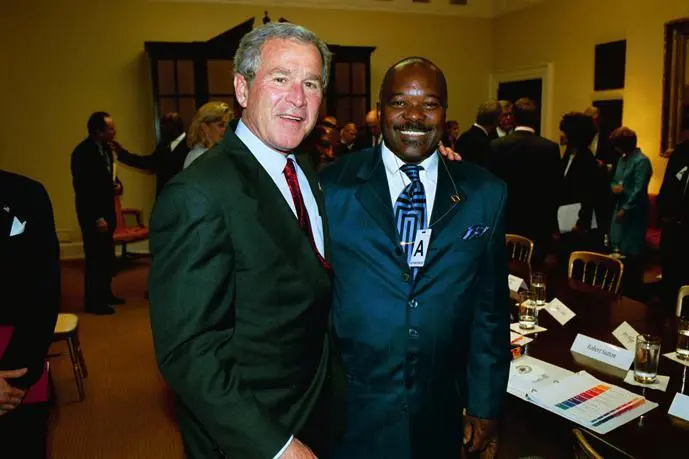
With George Mason. White House/Tina Hager

Created by President Johnson in 1965, Medicare had helped countless seniors enjoy healthier lives. But while medicine had advanced, Medicare had not. Benefits were determined by a government bureaucracy that was wasteful and very slow to change. When private insurers added mammogram coverage to protect against breast cancer, it took Medicare ten years and an act of Congress to catch up.
Medicare’s most antiquated feature was that it did not cover prescription drugs. The program would pay $28,000 for ulcer surgery, but not $500 a year for pills that would prevent most ulcers.
I was struck by the stories of older Americans who had to choose between buying groceries and medicine. One sixty-nine-year-old woman I met, Mary Jane Jones of Virginia, had to work twenty hours a week just to afford her nearly $500-a-month bill for prescription drugs and insulin. She told me she sometimes used needles three or four times to save money.
Medicare wasn’t just outdated; it was going broke. The combination of rising health costs and the upcoming retirement of the Baby Boom generation had created a $13 trillion unfunded liability. The next generation would get stuck with the bill.
The rising costs bankrupting Medicare affected the whole health-care system. America’s health spending had doubled from about 7.5 percent of GDP in 1972 to more than 15 percent in 2002. Part of the explanation was the cost of new medical technology. Junk lawsuits also played a role. But the primary cause was a fundamental flaw in the system: Most people had no idea what their health care cost.
Seniors and the poor had their bills paid by the government through Medicare and Medicaid. Most working Americans received coverage through their employers and relied on a third party, an insurance company, to negotiate prices and determine payments. Many self-employed Americans couldn’t afford health insurance because the tax code disadvantaged them and regulations prohibited small business owners from pooling risk across jurisdictional boundaries.
What the system lacked was market forces. There was no sense of consumerism or ability to shop around for the best deal, no competition for customers’ business, and no transparency about quality and price. As a result, there was little incentive for doctors or patients to limit the resources they consumed, which was crucial to holding down costs.
I saw reforming Medicare as a way to solve two problems. First, by adding a prescription drug benefit, we would modernize the program and provide seniors with the quality health care their government had promised. Second, by delivering the drug benefit through private insurance plans that compete for seniors’ business, we could inject market forces into the health care system. Reforming the program would also create an opportunity to expand Medicare Plus Choice, later renamed Medicare Advantage, which allowed seniors to obtain all their health care through flexible, affordable private insurance plans.
I knew Medicare reform would be a tough political issue. Introducing market forces into a government health program would upset the left. Adding an expensive prescription drug benefit would be unpopular with the right. But I decided to take on the challenge.
Under our plan, seniors who wanted the new prescription drug benefit would have to choose private plans instead of government-run Medicare. We would change Medicare’s funding formula so that the government-run program had to compete with private plans on a level playing field. Both reforms would introduce more market forces and help address the rising costs of health care.
Before announcing my plan publicly, I previewed it with Republican leaders in the House. They told me my proposal didn’t stand a chance on Capitol Hill. Democrats would never support a bill that required seniors to give up their government-run Medicare coverage to receive a prescription drug benefit. Some Republicans wouldn’t either.
I faced a tough decision. I could fight for a lost cause or make a compromise. I decided to propose a prescription drug benefit that would be administered by private health plans but open to all seniors, including those who wanted to keep government-run Medicare coverage.
My Medicare team** worked closely with Senate Majority Leader Bill Frist and Finance Committee Chairman Chuck Grassley of Iowa. Chuck wisely brought two key Democratic counterparts, Senators Max Baucus of Montana and John Breaux of Louisiana, into the drafting process. They produced a solid bill that garnered support from thirty-five Democrats. The Senate passed the bill in June by a vote of 76 to 21.
In the House, some conservatives balked at the cost of the drug benefit, which we eventually estimated at $634 billion over ten years. But Speaker Denny Hastert, Majority Leader Tom DeLay, and Ways and Means Committee Chairman Bill Thomas built a fragile coalition to pass the bill 216 to 215. Just nine House Democrats voted for a benefit they had demanded for years. The rest voted no. During the debate on the floor of Congress, not a single Democrat criticized the Medicare bill for costing too much. Most wanted to spend more money.
The razor-thin House margin made it essential that the House and Senate bills be combined in a way that retained Republican support. To address cost concerns, we included a so-called trigger provision that would take effect if Medicare spending rose faster than expected. Congress would then be required to make reforms to address the problem.***
We also highlighted health savings accounts, an innovative new health insurance product created by the House bill. Designed to make coverage affordable for small businesses and individuals, HSAs coupled low-premium, high-deductible insurance against catastrophic illness with a tax-free savings account to pay routine medical expenses. Employers or individuals could contribute to the account, which belonged to the individual and could be taken from job to job. Because HSA owners paid their own health-care expenses and kept any money left over, they had incentives to stay healthy, shop for good deals, and negotiate better prices.
In mid-November, AARP, the influential seniors’ advocacy group, endorsed the compromise bill. “This is not a perfect bill, but America cannot wait for the perfect,” CEO Bill Novelli said. He was then excoriated by Democratic leaders, labor unions, and liberal editorial pages. But his stand went a long way with wavering members of Congress.
Читать дальше






